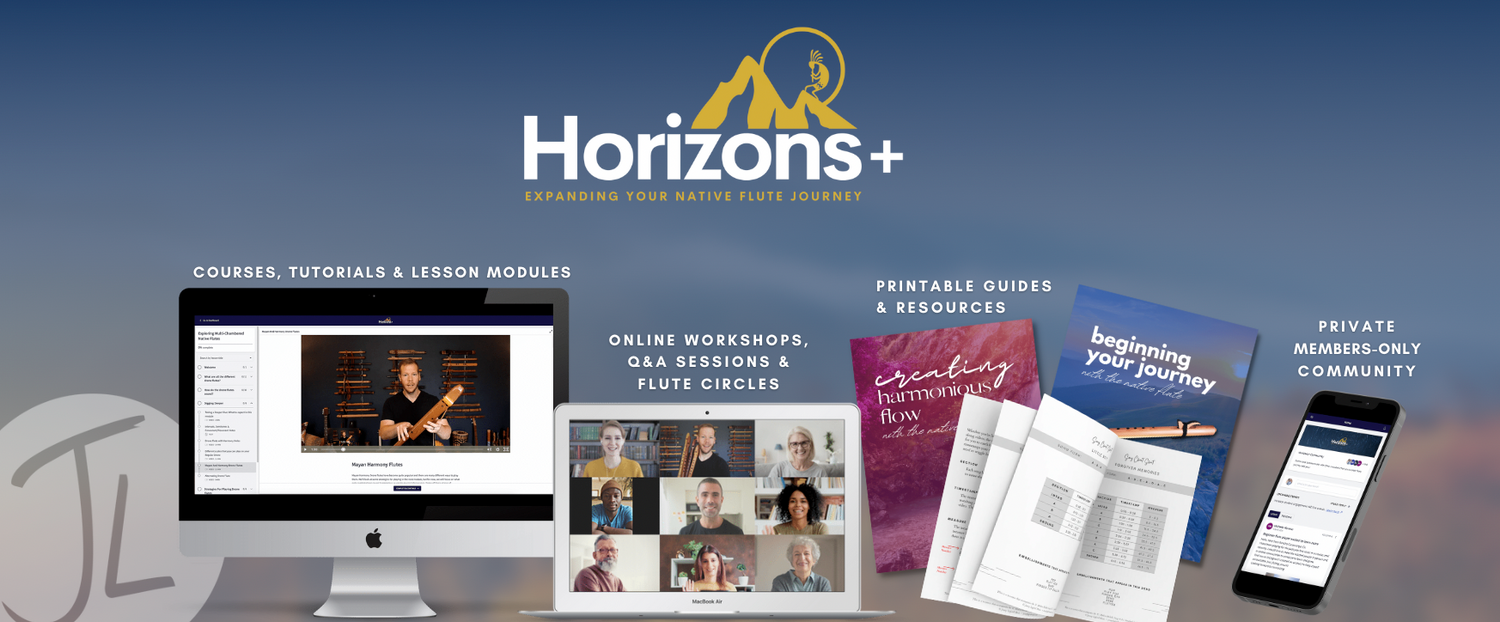Discover Your Flute Playing Strengths & Weaknesses
Discover Your Flute Playing Strengths & Weaknesses

As a flute player, you know the importance of getting a good tone. And as any musician knows, part of achieving a great tone is using the right equipment. In this blog post, I'll share with you three microphones that I use for flute playing and why I find them to be effective. Whether you're looking to purchase your first microphone or are simply curious about what other options are out there, I hope this blog post provides some useful information. So without further ado, let's get started!
Each type has its own strengths and weaknesses, and the best mic for a particular application will vary depending on the situation. For example, dynamic microphones are often used for live performances because they can handle high volumes without distortion. However, their frequency response is not as wide as that of a condenser mic, so they might not be the best choice for recording a delicate instrument like a flute–even through I've used one for many years to record because of my environment. Ribbon microphones, on the other hand, have a very natural sound but are much more delicate than other types of mics and can be damaged easily by loud sounds. As such, they are typically only used in controlled studio environments.
Before we get into the three microphones that I use, let's look at the three different categories of microphones you'll run into. There's Dynamic, Condenser and Ribbon.
Condenser microphones require power to work, on many interfaces when you press the '48V' button, phantom power (48V) is sent to the XLR microphone input for that input (or inputs).
Dynamic microphones convert sound energy into electrical energy using a diaphragm linked to a coil of wire that moves through a magnetic field. This movement through the magnetic field generates a voltage, which is proportional to the sound waves being received at the diaphragm.
Ribbon microphones use a thin metal 'ribbon' (often aluminium) placed between a pair of magnets in order to convert sound energy into electrical energy. In general, Ribbon microphones are passive so do not require phantom power. However, as an exception to this, there are some active ribbon microphones in production that do require phantom power.
 This cardioid condenser microphone is one I use every single day. It works well for recording my flutes as it picks up more nuances than a dynamic microphone. I also use it in zoom calls when I teach Native American flute lessons. Because this is a condenser microphone, you'll need an interface that has phantom power. Here's a link to one on Amazon that comes with a stand, some XLR Cables and extras, also here's one that comes with an interface in case you don't have one already.
This cardioid condenser microphone is one I use every single day. It works well for recording my flutes as it picks up more nuances than a dynamic microphone. I also use it in zoom calls when I teach Native American flute lessons. Because this is a condenser microphone, you'll need an interface that has phantom power. Here's a link to one on Amazon that comes with a stand, some XLR Cables and extras, also here's one that comes with an interface in case you don't have one already.
You'll see this unidirectional dynamic microphone on stages across the world and for good reason. This is one of the best microphones for live performances and I personally own a few of these. I've also used this microphone for recording in noisy environments where a condenser microphone is not conducive.
You'll see a variation of this microphone called an SM-57 and it looks a little skinnier. This is the exact same microphone as the SM-58 but is made for getting closer to instruments where the big ball head of the SM-58 can't fit closer. Personally, I like the SM-58 because in windy performances I can hide the sound hole of the flute behind the larger head of the microphone, especially if there's a windsock/sponge over it.
Pick up this rock-solid microphone and get to sharing your music with audiences everywhere! I recommend getting the one with the on/off switch because there may be when you need to cough, sneeze, talk, clear your flute from wetting out and you don't want everyone else in the audience to hear it!
This is a great omnidirectional condenser lapel microphone for recording yourself on your phone, tablet or other device–whether indoors or outdoors. In fact, I recorded my whole Concert In The Woods - Solo Native American Flute Music with this lapel microphone. It comes with a 16' cord so it give you plenty of room to move around and get yourself in the frame without worrying about being far away from the mic (because it's on you)!
This particular one doesn't have a battery with it and draws power from your phone/tablet. If you need one that has a battery supply with it, check out this one instead. I found that it works best with my Canon EOS-M50 Mirrorless DSLR camera which I use for filming Native American Flute courses and lessons. It also works with amps such as the Roland Cube Street or Roland Cube.
I found a better sound when I clipped this on my shirt instead of the flute itself. This is better if you're going to be speaking and playing your flute, too.

Get access to courses, workshops, lesson modules, LIVE Q&A Sessions, Flute Circles a members-only commmunity and so much more.
Gain confidence and increase your proficiency!